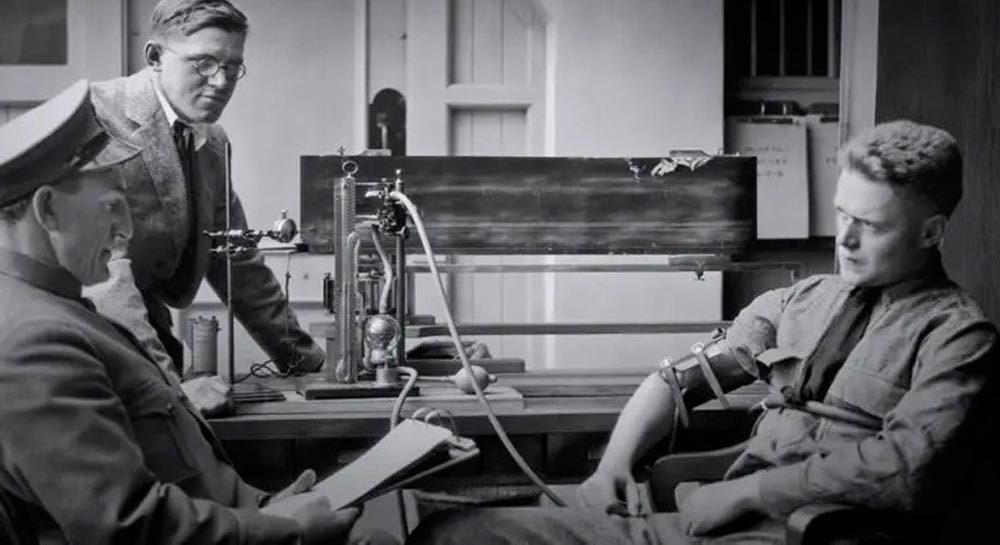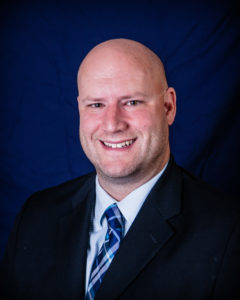Sweet Little Lies
Building A Replicate of the Original Lie Detector Machine
Artists Bruce Rosenbaum and Ben Cowden earned film credits recently for prop design on the PBS documentary The Lie Detector: A Truly Unbelievable Story. This ambitious historical account of real-life inventors, marketers, law enforcement professionals, and snake oil salesmen traces the interconnected lives of John Larson, William Marston and Leonarde Keeler in their independent efforts to detect lies and expose liars.
Rosenbaum said documentary filmmakers are always challenged by visual collateral and material that supports their projects. This is especially true when dealing with historical topics where film and photographic evidence may be hard to find or nonexistent.

For the invention of the polygraph, the producers asked Rosenbaum and Cowden to combine their skills to recreate the original lie detector machine.
“We only had photos of the original Larson Lie Detecting machine—no surviving machine exists—so there was nothing physical to work from when we started to assemble our components for modification and fabrication. Our goal was to use as many authentic period objects as possible to make it feel like the original machine,” Rosenbaum said.
Components including a historic gauge, battery, leather blood pressure cuff and 1920s medical apparatus (pictured) were used to mimic the original lie detector equipment that would record vital signs from the suspect as they answered the interrogator’s questions.
“We did not feel that we had to make perfect reproductions for the documentary—just have the look and feel to give the sense of how it functioned in the situation. For one of the machines, we used a more recent existing model of the polygraph and ‘aged’ it back by doing a vinyl wrap on the machine and replacing some elements with older, period pieces,” Rosenbaum added.
Law enforcement eventually lost confidence in the equipment as a means of obtaining criminal evidence. However, Marston, a marketer with a higher degree of showmanship, found a customer base with Hollywood film executives who sought ways to gauge and assess audience reactions.
In the 1940s and ’50s the nation’s war on crime and racketeering sparked a renewed interest from law enforcement. Keeler coined the term “polygraph,” which became popularized in true crime stories. Keeler’s “box-shaped” lie detector machine also became a hit with banks and American corporations for identifying white collar crime and fraud committed by employees.
Rosenbaum not only provided the props but portrayed one of the three inventors in a nonspeaking role in the film.
“I was a bit nervous getting in front of the camera and making our (prop) machines move and appear that they were actually working on the test subjects,” said Rosenbaum. “Rob Rapley, the director, and all of the film crew, made the set feel like we were a well-oiled machine and it came off perfectly—no lie!”
Rosenbaum said polygraph machines are still not allowed as courtroom evidence because it is unproven that heart, pulse, and perspiration, etc. correspond with truth or lying.
“Humans are so complex. I’m not sure any type of sensor will ever be definitive science in detecting truth or lies. In fact—with some practice—people can outwit lie detecting machines,” Rosenbaum said. “However, with companies like NeuroLink experimenting with embedding microchips in human brains the more likely lie detecting machine in the future will be reading someone’s mind.”







